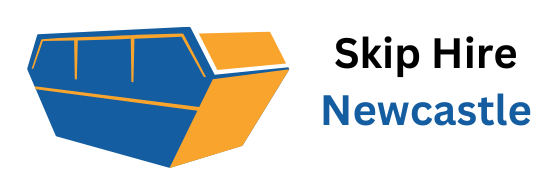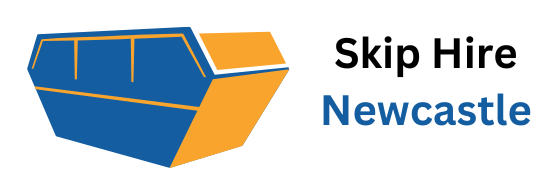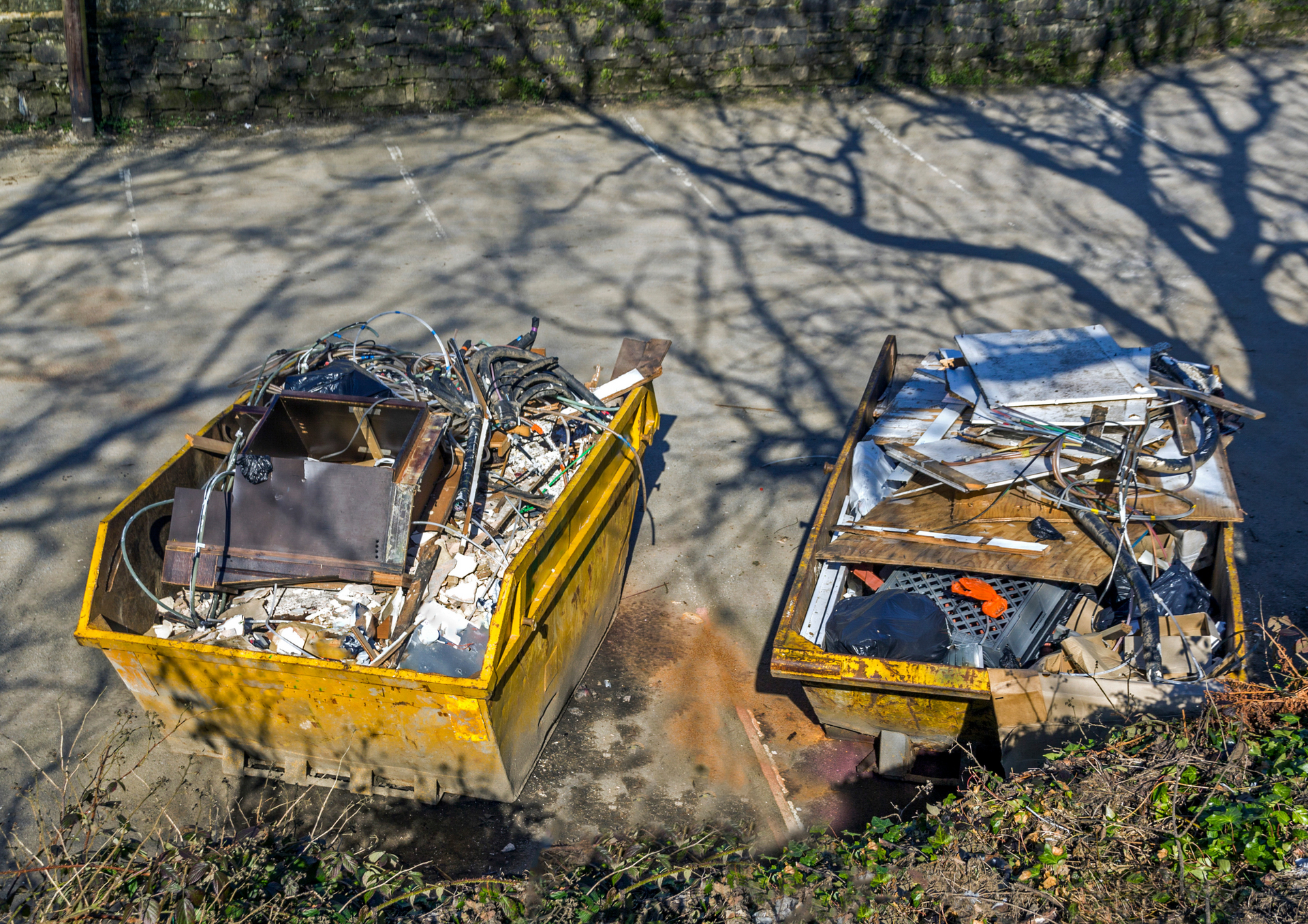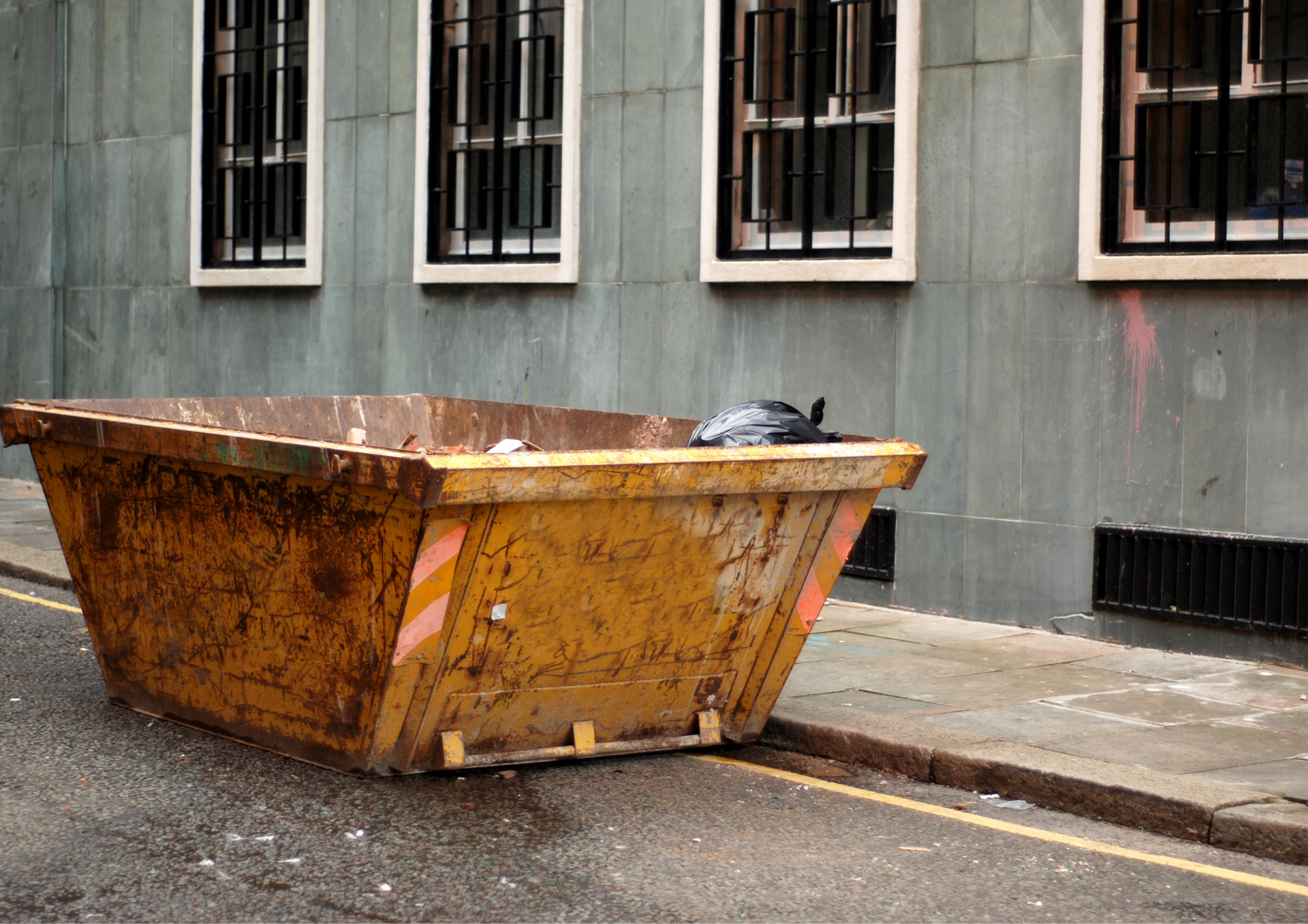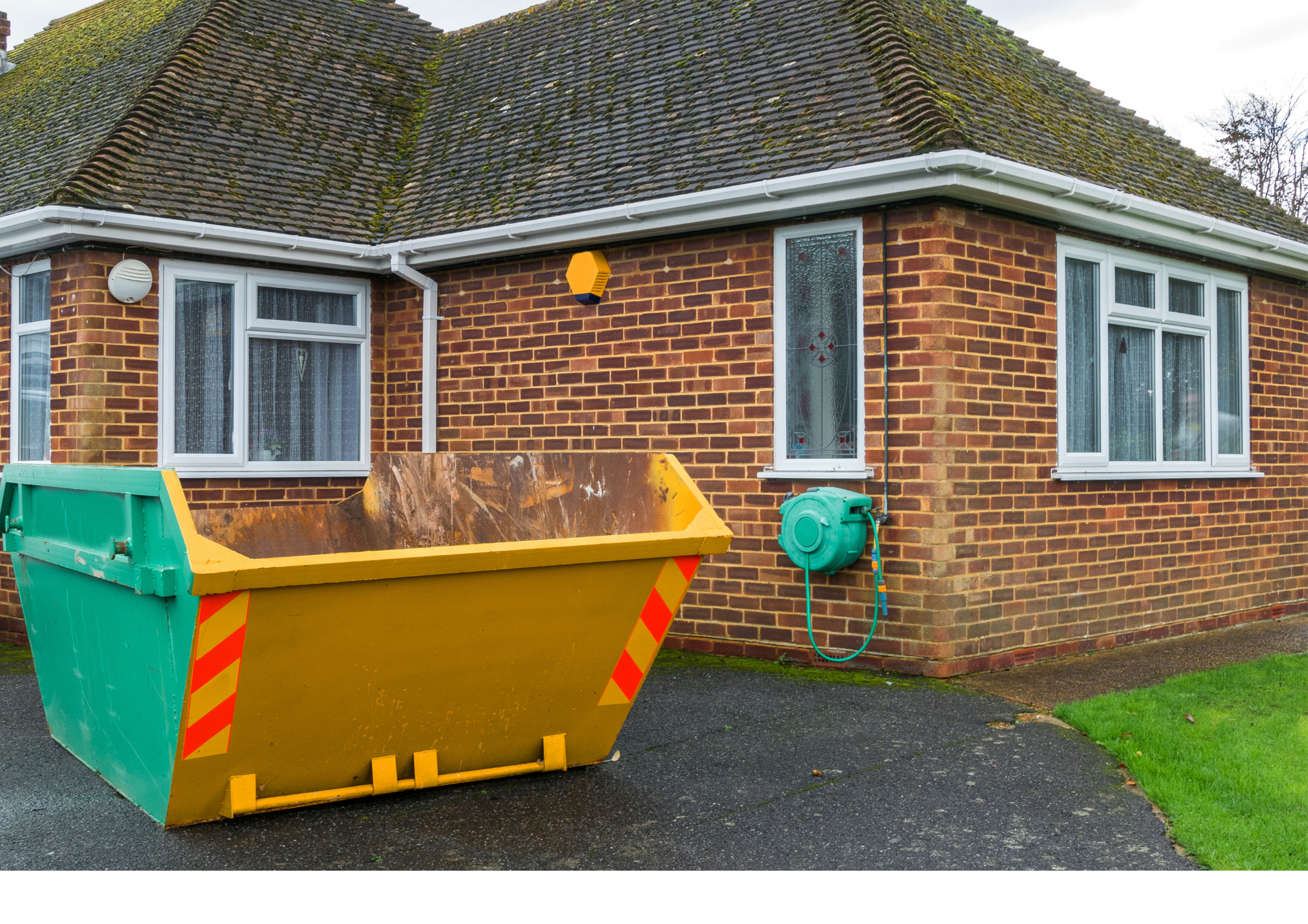Avoiding Common Mistakes When Choosing the Right Skip Hire Size
Choosing the correct skip hire size can make a huge difference in the efficiency, cost-effectiveness, and smooth running of your waste disposal project. Whether you’re a construction company tackling a major build, a homeowner in the middle of a renovation, or a business dealing with a large-scale clearance, understanding your options will help you avoid costly errors. Many people underestimate or overestimate their waste volume, leading to unnecessary expense, delays, and frustration.
Below, we explore the four most common mistakes people make when choosing skip hire sizes—and how you can steer clear of them.
Underestimating Waste Volume
One of the biggest mistakes people make is assuming they’ll have less waste than they actually do. This often leads to hiring a skip that fills up far too quickly, forcing you to arrange another delivery. This not only delays your project but also increases costs. For instance, a 4 yard skip might seem adequate for a small home clearance, but if you have bulky items or unexpected waste, you’ll soon find it overflowing. Always assess your project realistically and, if in doubt, choose a size up to save time and money.
Choosing a Skip That’s Too Large
While it’s true that going slightly bigger can save hassle, some people overcompensate and hire skips much larger than they need. This means paying for unused capacity, which is money down the drain. For mid-sized projects such as bathroom or kitchen renovations, a 6 yard skip is often the sweet spot—large enough to handle waste without taking up excessive space on your property or street. By carefully matching your needs to the right size, you’ll maximise efficiency without overspending.
Ignoring Weight Restrictions
Skips are not just about volume—they also have weight limits. Overloading a skip with heavy materials such as soil, bricks, or concrete can lead to safety issues, additional charges, or even refusal of collection. If you’re dealing with substantial amounts of construction debris, an 8 yard skip is typically more suited for bulky, lighter waste rather than heavy rubble. Always check with your provider about weight allowances to avoid unexpected complications.
Overlooking Cost Comparisons
Another common error is focusing solely on size without considering the cost difference between various options. Understanding skip sizes and prices before booking can save you from paying more than necessary. Sometimes, the price difference between two sizes is minimal, meaning it could be worth opting for the larger size to prevent overfilling. Balancing both size and cost ensures you get the most value for your money.
Avoiding mistakes with
skip hire sizes is all about honest assessment, forward planning, and understanding your options. By accurately estimating waste volume, matching the right size to your needs, respecting weight limits, and comparing costs, you can streamline your project and prevent unnecessary expense or delays.
At
Skip Hire Newcastle, we make waste management simple, affordable, and stress-free. Our experienced team can guide you in choosing the ideal
skip hire size for your project, ensuring you get the right fit at the right price. We serve construction firms, homeowners, businesses, landscapers, and event organisers with prompt delivery, flexible collection, and transparent pricing—no hidden charges, just dependable service. With years of industry expertise and a customer-first approach, we’re the trusted choice for efficient skip hire solutions.
Just out on X: Choosing the right
skip hire size – avoid these common mistakes!

